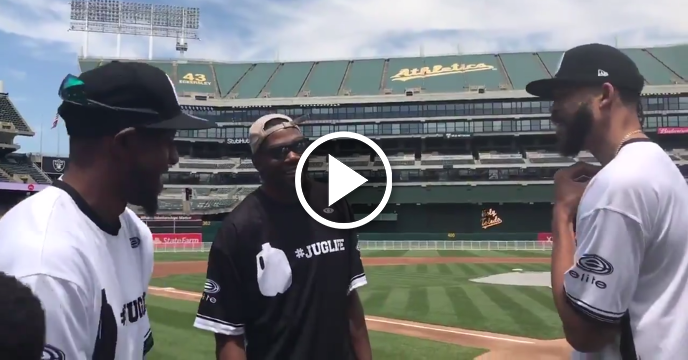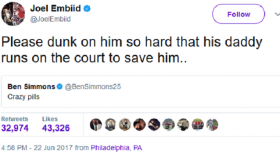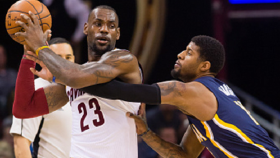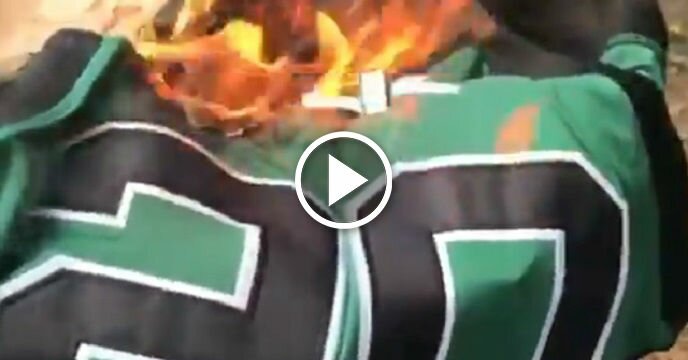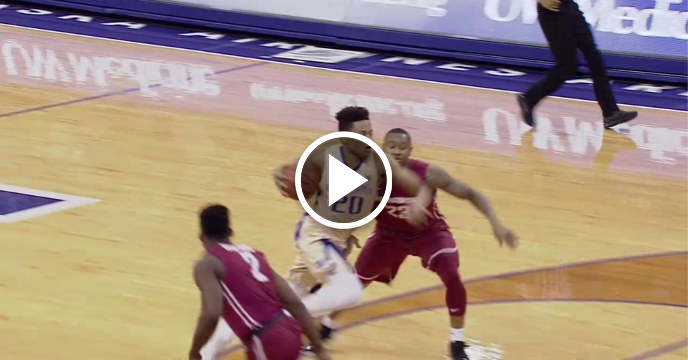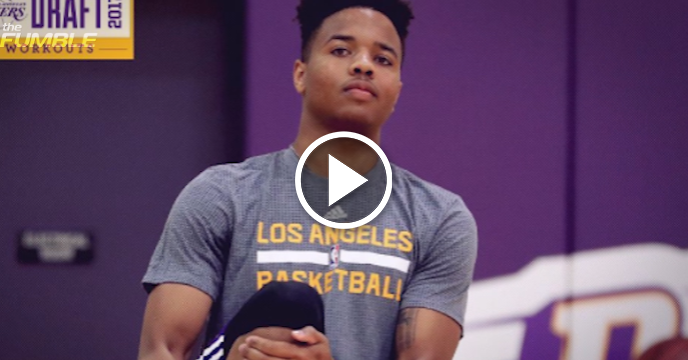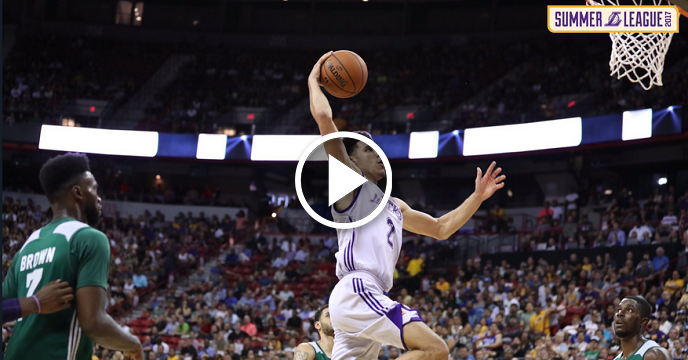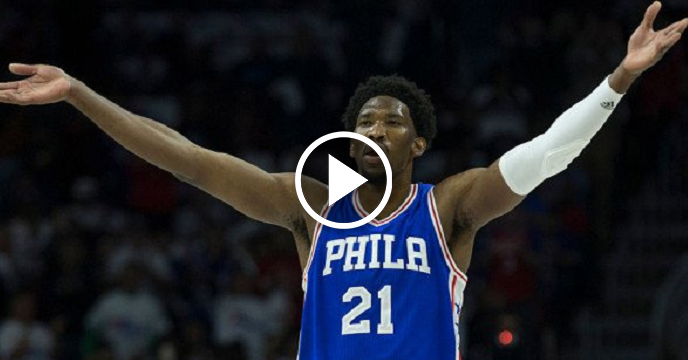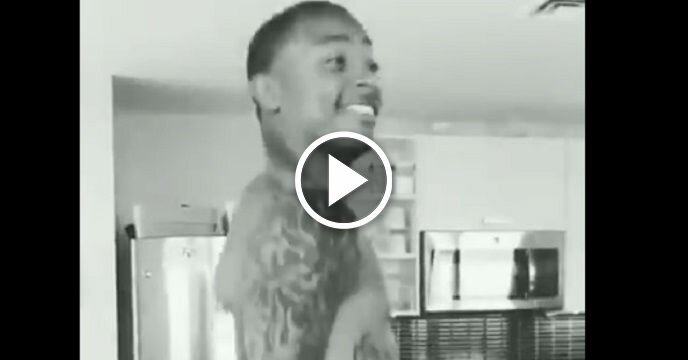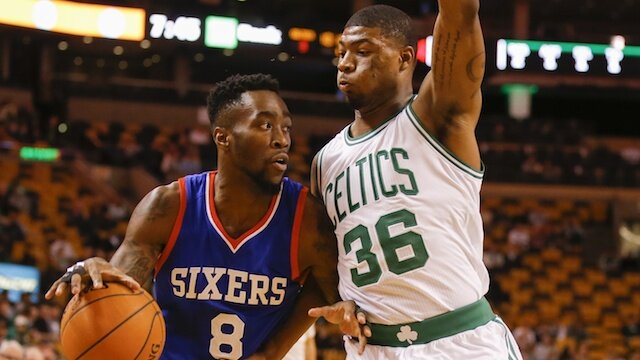
In 2012, the Philadelphia 76ers were widely considered an up-and-coming young team. Built around a talented core of players including Jrue Holiday, Andre Iguodala, Spencer Hawes, Thaddeus Young, Jodie Meeks, Lou Williams and Nikola Vucevic, they appeared poised for a stretch of competitive basketball, the likes of which they hadn’t seen since the early 2000’s.
That year, they made their second straight playoff appearance, and pushed the Boston Celtics to seven games, before losing in the Eastern Conference Semifinals. It was a team that many considered to be a player or two away from being a legitimate threat in the east.
That same year, the Celtics would challenge the eventual NBA Champion Miami Heat to seven hard-fought games in the Eastern Conference Finals before losing on the road, marking the end of the “Big 3” era as it was formerly constituted. Ray Allen would go on to join the hated Heat that summer, a move for which he is criticized to this day. Kevin Garnett and Paul Pierce both returned for one final year in a Celtics uniform, but an injury-plagued season for Rajon Rondo would limit the 2012-2013 season to a one-and-out playoff series against the New York Knicks. Both Garnett and Pierce would then be traded to the Brooklyn Nets in the offseason.
Both franchises viewed themselves as being at a pivotal point in their vaunted histories. The 76ers felt they wouldn’t be able to compete for a championship with their core of young, promising players. The Celtics knew their run was nearing its end with its current core of veteran, championship tested players.
For both, it was time to blow things up and rebuild, but the motivations for doing so were as different as their philosophical approaches to the complicated process that awaited them.
To Tank, Or Not To Tank?
The 76ers history is best defined as a series of peaks and valleys. They have appeared in a total of nine NBA Championship series, winning three of them (1954-1955, 1966-1967, 1982-1983). They have made a total of 47 playoff appearances, having advanced past the first round during 28 of them. They have boasted some of the greatest players of all time as long-term fixtures for their franchise. Charles Barkley, Moses Malone, Allen Iverson, Wilt Chamberlain and Julius Erving all spent more than three seasons with the 76ers.
But, they have also spent significant time as the punching bags for the rest of the NBA. They have put up two of 15 most historically bad seasons in NBA history (1972-1973, 1952-1953). For the majority of the ‘90s, they were the worst team in the league, never finishing higher than 10th in the Eastern Conference from 1991-1998, and had lineups that were highlighted by Clarence Weatherspoon, Dana Barros, and Jeff Malone during that time.
The 76ers definitely know success, but perhaps even more importantly, they also understand abject failure. Perhaps this played a role in their recent decision to embark upon the most blatant example of purposeful tanking in NBA history.
In 2005, a man named Sam Hinkie joined the Houston Rockets as a special assistant to the General Manager, Carroll Dawson at the time. That sounds like one of those titles they make up as an excuse to get someone in the door, with an obvious agenda to see them advance. Sure enough, two years later, Hinkie would take over as Executive Vice President for the Rockets, becoming the youngest person ever to hold such a title.
In 2013, he took over for Tony DiLeo as General Manager of the 76ers, and succeeded Ron Thorn as President. Since acquiring those positions in the 76ers organization, he has sent shockwaves through the NBA. Hinkie famously ushered in a new era of dependence on advanced stats and analytics when assessing players, and evaluating moves for a franchise. He used that platform to justify his flagrant strategy to blow up the core of the 76ers that led them to back-to-back playoff appearances from 2010-2012.
He has made calculatedly and patently unorthodox moves in the draft. taking three players with incredible upside, but who weren’t ready to play at the time they were drafted (Nerlens Noel, Joel Embiid, Dario Saric). He has made it a point to accumulate as many draft picks as possible, most of them of the second-round variety. In 2014, the 76ers had five second-round picks. His approach to his draft picks has more closely resembled a Billy Bean style of “Moneyball” than an orthodox evaluation of talent.
Needless to say, the jury is still out on whether Hinkie’s strategy will be successful, but one thing has been clear, and cautiously praised during his tenure. He has a plan. It may not be a good one, but it is a plan nonetheless. That is more than a lot of franchises can say.
Assets, Assets And More Assets
When talking about the Celtics, one thing comes to mind; success. They are truly the shining example of sustained success in the NBA. They have hoisted more championship banners than any other franchise (17). The Celtics have complete 68 seasons as an NBA franchise, and over that period, they have missed the playoffs only 17 times. That included a stretch from 1993 through 2001 where they missed the playoffs seven out of eight years. Outside of that stretch, the Celtics have been a model of excellence.
When Danny Ainge took over the team in 2003, he inherited a team that was top-heavy with talent, with Paul Pierce and Antoine Walker leading the way, but lacked any real depth, and was majorly flawed at most positions. Ainge immediately showed that he didn’t lack the necessary conviction to make tough, but necessary, decisions after he traded away fan favorite Walker to the Dallas Mavericks after the 2003-2004 season. Of course, he would ultimately go on to make the deal that made him famous as an executive when he landed Kevin Garnett and Ray Allen in separate trades. He did this after weathering the storm of some tough years in 2005-2007.
After their first-round defeat at the hands of the Knicks in 2012, Ainge again recognized the flawed nature of his roster, and set out upon a rebuilding effort similar to the one he faced following the 2004-2005 season. Ainge, unlike Hinkie, is an old school executive who relies upon gut feel and instinct to make basketball decisions. He recognized the need to get rid of his aging stars, and traded Garnett, Pierce and Jason Terry to the Nets, and reluctantly pulled the trigger on a deal that essentially netted them three additional first-round draft picks, as well as the right to swap draft picks in 2017.
This marked the start of a new era for the Celtics, and much like Hinkie, Ainge shifted his focus to the acquisition of assets, which has resulted in an embarrassment of draft picks over the next three years. They have at least two first-round picks in every draft from now until the 2018 draft.
Yet, unlike Hinkie, Ainge doesn’t appear to be content with lying down, playing dead, and waiting for their future savior to fall into their laps. He has managed to construct a young, competitive roster, with a really good coach, while also trying to create a positive atmosphere to attract potential free agent and trade targets. All signs point to them being poised to pull off a trade similar to what they did in 2007. They certainly have the assets to do so, and Ainge definitely has the chops to take a big risk.
Which Is Better?
Only time will tell when it boils down to it. Both the 76ers and Celtics appear to be heading down a similar road, focusing on the acquisition of assets to ensure the future success of their organizations. Hinkie is betting on his advanced analytics and “Moneyball” tactics to land the 76ers their core for the future through the draft. Ainge seems to be focused more on the massive acquisition of assets to ultimately facilitate the completion of a blockbuster trade to bring the Celtics back to glory.
Hard to say now which one will actually be successful, but if I had to guess, I would put my money on the Celtics to mount a quicker comeback from the nether regions of the NBA. Ainge has a proven track record, and also the trust of the Boston faithful, who appear to support what he is doing. 76ers fans are rightfully skeptical as there is no history with Hinkie, and there is virtually no precedent to support what he is doing.
Two franchises. Two styles of leadership. But one common goal; a return to former glory.
Court Zierk is a Columnist for www.RantSports.com. Follow him on Twitter @CourtZierk, “Like” him on Facebook or add him on Google.
 Share
Share 

